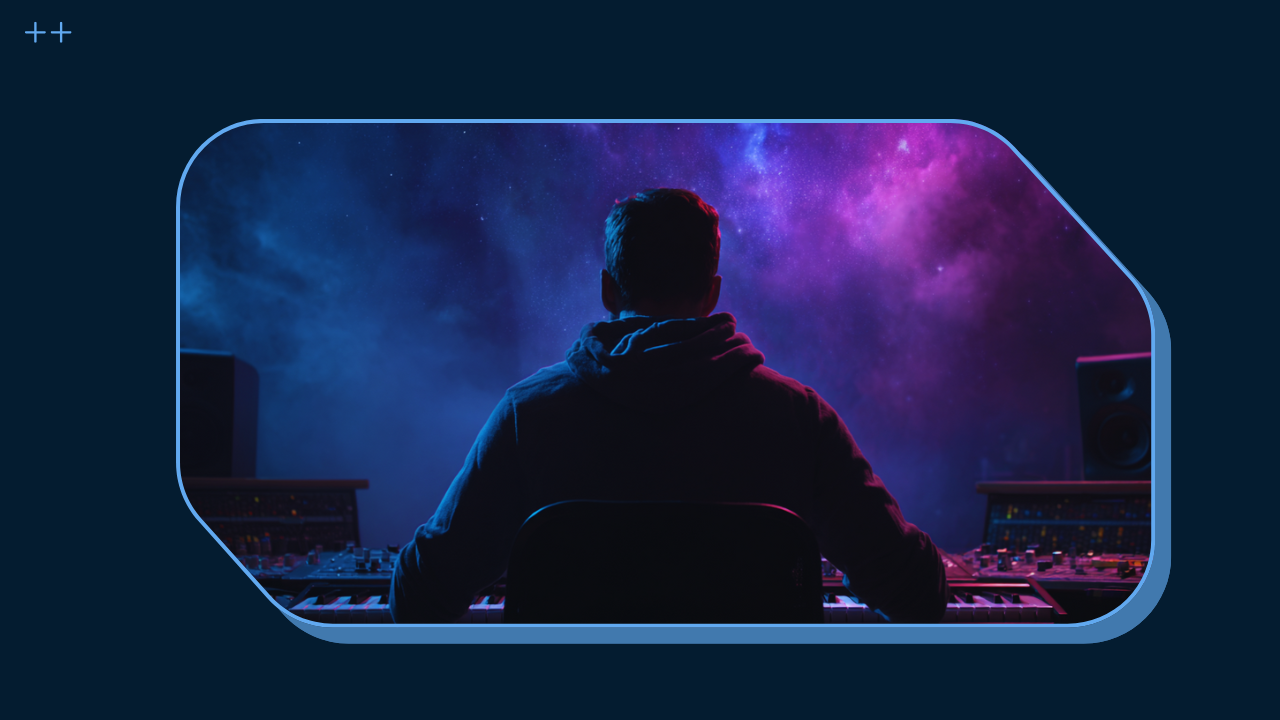Building a Music Portfolio That Works in Today’s Industry
A music portfolio is no longer just a nice addition to your resume, it’s an essential tool for showcasing your work and standing out in a competitive field. Whether you’re a producer, sound designer, or artist, having an up-to-date and professional portfolio can make all the difference when connecting with collaborators, clients, or employers.
Why You Need a Music Portfolio
If you’re a session musician, instrumentalist, studio engineer, or composer, your portfolio serves as a calling card. It provides a clear demonstration of your skills, communicates the quality of your work, and shows that you approach your career with seriousness and professionalism.
Clients and collaborators often look for more than technical skill—they want someone they can trust to handle a project effectively. Without a portfolio, it’s hard to convey that confidence. A well-crafted portfolio can bridge that gap, making you more competitive in a crowded field.
Choosing the Right Platform
The foundation of any strong portfolio is the platform you choose to host it. A personal website is one of the most effective options, offering complete control over how you present your work. Platforms like Squarespace, Wix, and WordPress make it easy to create a professional-looking site, even if you have no prior web design experience.
For those who prefer a simpler approach, LinkedIn can serve as an effective portfolio hub. It allows you to showcase your projects, network with industry professionals, and update your audience on your latest work—all in one place. Whichever platform you choose, ensure it is easy to navigate and visually appealing, with a clean and modern design.
Showcasing Relevant Content
A strong portfolio prioritizes quality over quantity. The goal is to highlight your most relevant and impressive work while tailoring your selection to the audience you want to reach. For example, a sound designer might include project breakdowns that detail how specific soundscapes were created, while a music producer could feature short clips of polished tracks to demonstrate their mixing skills.
Providing context is key. A brief description accompanying each project can explain your role, the tools or techniques you used, and the outcome. If you’ve contributed to a campaign or worked on a high-profile project, you might consider to include any available statistics or metrics to demonstrate its impact. This context helps potential collaborators understand not just what you’ve done, but how you approach your craft.
Presenting Your Work Professionally
How you present your portfolio is just as important as what you include. Organize your projects into clear sections, such as completed works, ongoing collaborations, or services you offer. Consistency in branding—such as your use of colors, fonts, and imagery—creates a polished impression.
Additionally, make sure your portfolio reflects your current goals. For instance, if you’re transitioning from live performance to studio production, emphasize recent projects that align with that shift. Your portfolio should always reflect where you are headed, not just where you’ve been.
Photo Credit: Black Sheep Music
Leveraging Testimonials and Metrics
Social proof can strengthen your portfolio, offering validation from others in the industry. A concise testimonial from a client, collaborator, or mentor can highlight your professionalism and reliability. Similarly, showcasing metrics—such as the reach of a campaign you worked on or the engagement of a track you produced—can add credibility without the need for self-promotion.
If applicable, links to professional platforms like IMDb or press features related to your work can also help establish your credibility. The idea is to let your achievements speak for themselves through tangible evidence.
Keeping Your Portfolio Updated
A portfolio isn’t a static collection of work; it’s a living document that should evolve with your career. Regularly updating it with new projects, removing outdated material, and ensuring all links and media are functional will keep it relevant. This shows potential collaborators that you are active and engaged in your field.
It’s also helpful to periodically revisit your portfolio’s design and structure. As your skills grow or your career shifts focus, your portfolio should adapt to reflect these changes. Staying aligned with current industry trends in both content and presentation helps maintain its relevance.
Promoting Your Portfolio
Once your portfolio is polished, the next step is to share it strategically. Include the link in your email signature, LinkedIn profile, and any professional outreach you conduct. Social media platforms like Instagram and TikTok can also serve as valuable tools for promotion, especially when paired with engaging content that draws viewers to your portfolio.
When pitching to clients or collaborators, personalize your communication and direct them to the most relevant sections of your portfolio. This shows that you’ve taken the time to tailor your approach, which can leave a lasting positive impression.
Final Thoughts
A well-crafted portfolio is one of the most powerful tools a music professional can have. It’s not just about showcasing your work—it’s about telling your story in a way that resonates with the people you want to connect with.
By focusing on relevance, clarity, and authenticity, you can create a portfolio that not only represents your talent but also positions you for the opportunities you’re aiming to achieve. A strong portfolio doesn’t need to boast; it simply needs to reflect your dedication and professionalism.
Let’s Collaborate!
Need help building the tone for your production? Hit us up – the Rareform Audio team would love to help you create the perfect soundtrack that speaks to your audience and enhances the power of your visual storytelling to new heights!
Rareform Highlights
Join our Spotify Playlist and vibe with us! Featuring an array of tunes our team has been listening to.



































